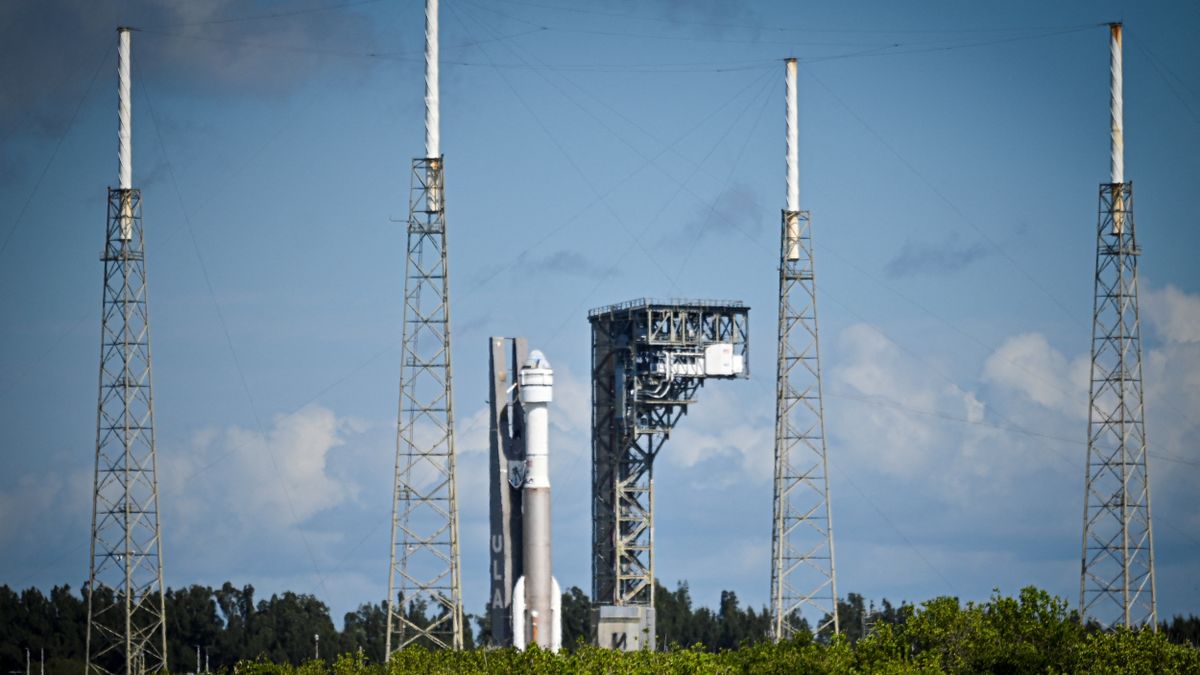Tension Rises in U.S. Astronomy Community Over Giant Telescopes
Currently, there is tension within the U.S. astronomy community concerning the fate of two incredibly large telescopes. The National Science Foundation (NSF), a vital source of public funding that both next-generation observatories are relying on, is under pressure to proceed with only one telescope due to budget constraints. The National Science Board recently recommended capping the giant telescope budget at $1.6 billion, leaving the NSF with the daunting task of choosing between the two projects by May of this year.
State of the Telescopes and Their Importance
Both telescopes, the Giant Magellan Telescope (GMT) and the Thirty Meter Telescope (TMT), are currently under construction and play crucial roles for astronomers. The GMT, projected to cost around $2.54 billion, is located in Chile, while the TMT’s proposed site on Mauna Kea, Hawaii, has faced local opposition due to its cultural significance. Despite the challenges, both projects are deemed essential for advancing astronomical research.
Key Features of the Telescopes
The TMT boasts a 30-meter primary mirror and sharp imaging capabilities, while the GMT comprises seven mirror segments that combine to form a large light-collecting surface. These telescopes aim to provide images sharper than the Hubble Space Telescope and the James Webb Space Telescope, enabling groundbreaking discoveries in deep space exploration.
Significance of Ground-Based Observatories
Ground-based observatories like the GMT and TMT offer advantages in terms of adaptability and maintenance compared to space telescopes. The collaborative efforts of these observatories promise to revolutionize astronomical research by providing unprecedented insights into the universe.
Impact on U.S. Astronomy Leadership
The decision on which telescope to fund carries implications for U.S. astronomy leadership, especially considering the progress made by international projects like the European Extremely Large Telescope. The Astro2020 report recommended investing in at least one very large telescope, emphasizing the importance of maintaining U.S. competitiveness in the field.
Challenges and Funding Considerations
The funding dilemma highlights the broader discourse on public investment in scientific endeavors. The NSF’s budget constraints underscore the need for strategic decisions to support astronomical research and maintain U.S. scientific leadership. Collaboration with NASA and private funding sources may offer solutions to ensure the success of these ambitious telescope projects.
Future Prospects and Awaited Decisions
As the astronomy community eagerly anticipates the NSF’s decision in May, the fate of the GMT and TMT hangs in the balance. The potential impact on ground-based astronomy and U.S. scientific contributions underscores the critical juncture faced by the U.S. astronomy community. Despite the challenges, the pursuit of groundbreaking discoveries through large-scale telescope projects remains a priority for advancing human understanding of the cosmos.
Image/Photo credit: source url





